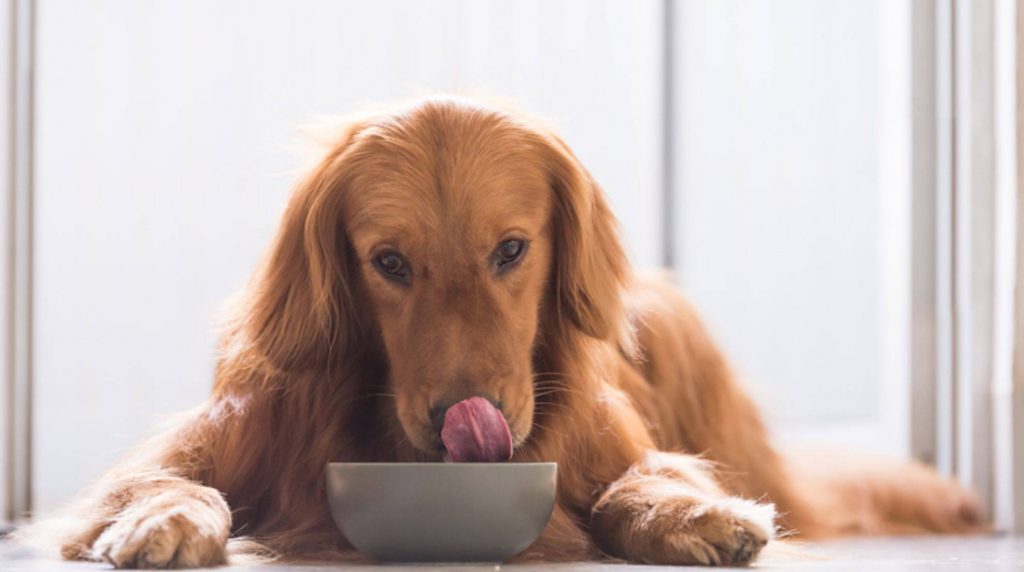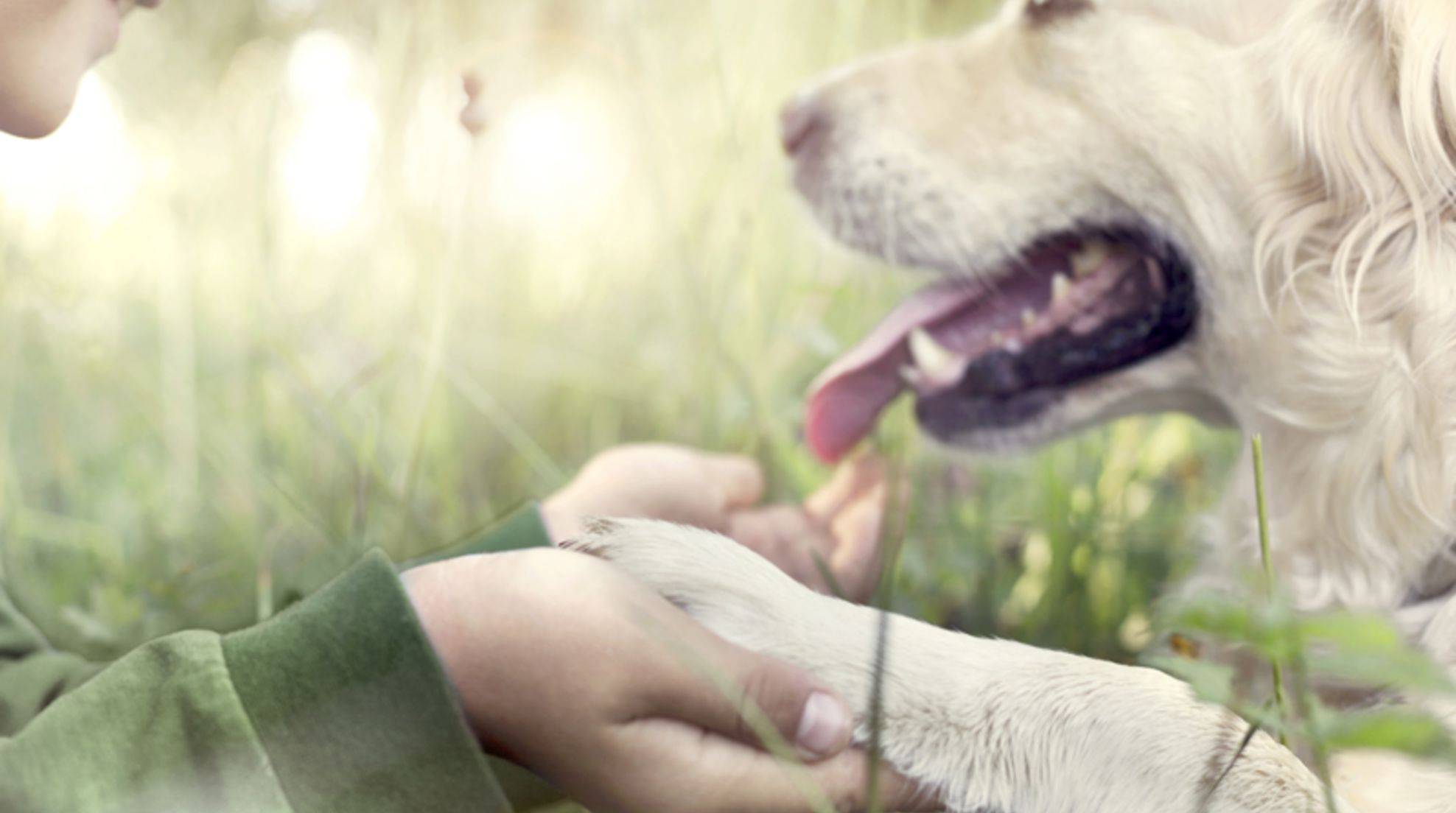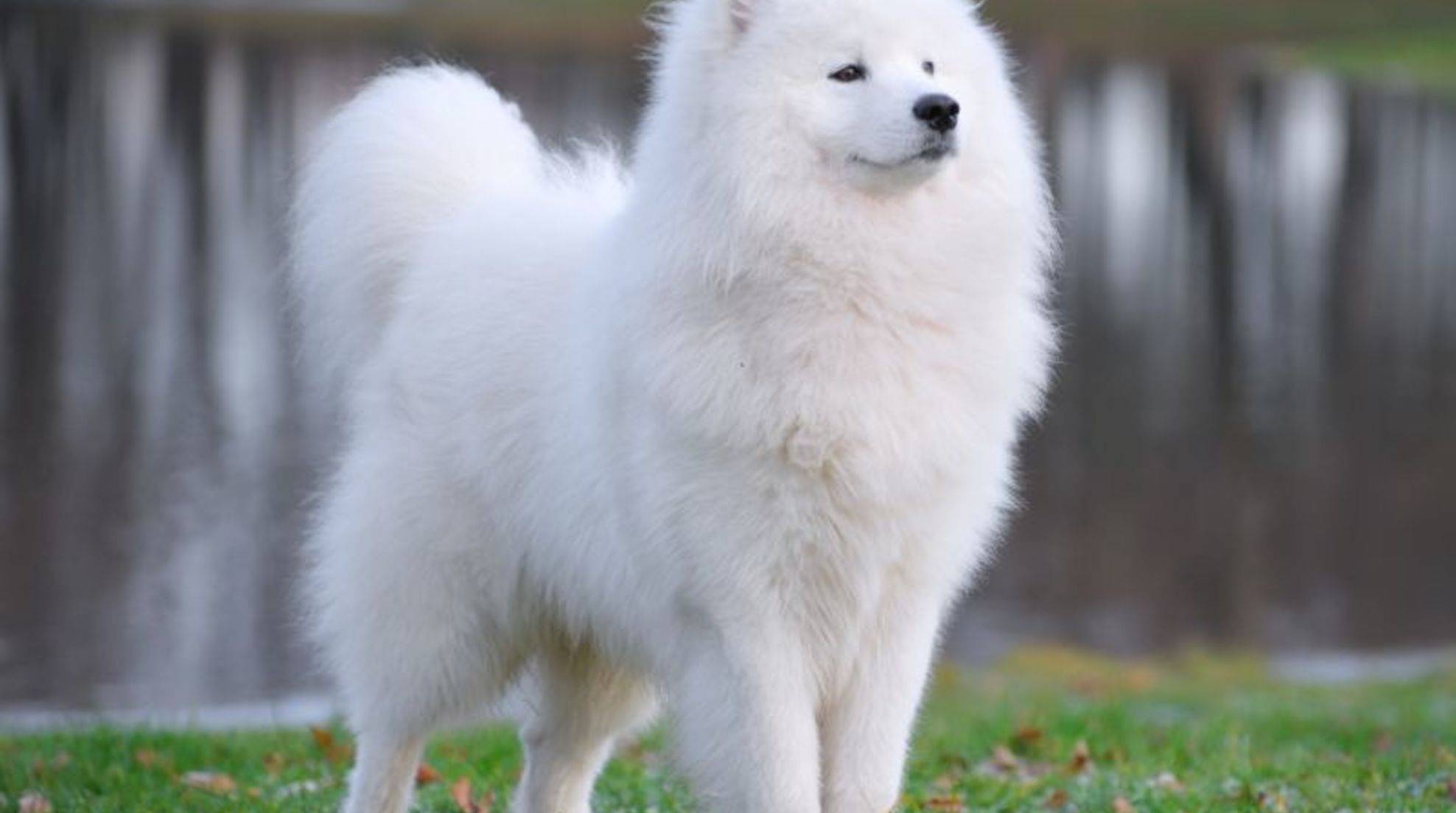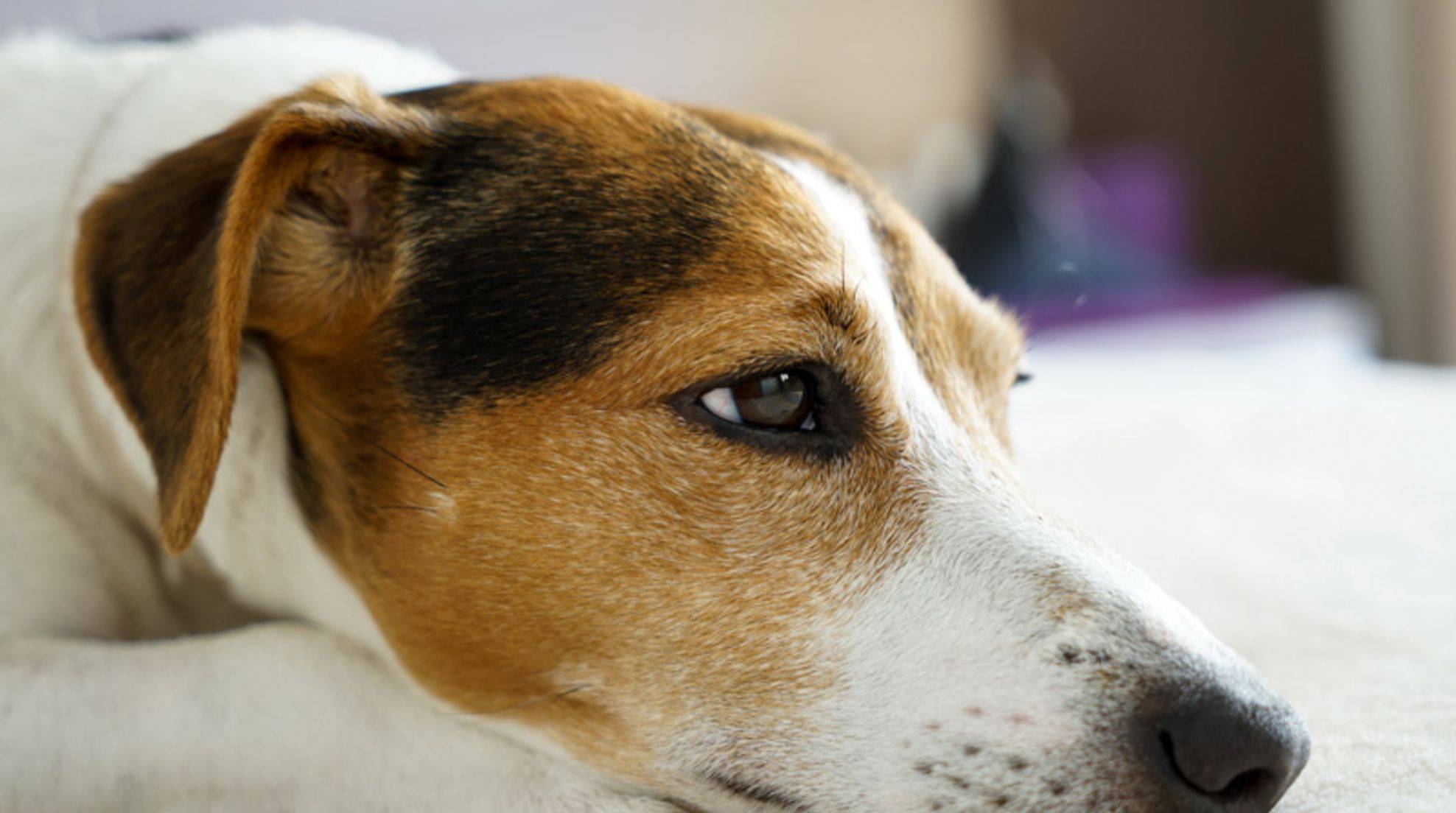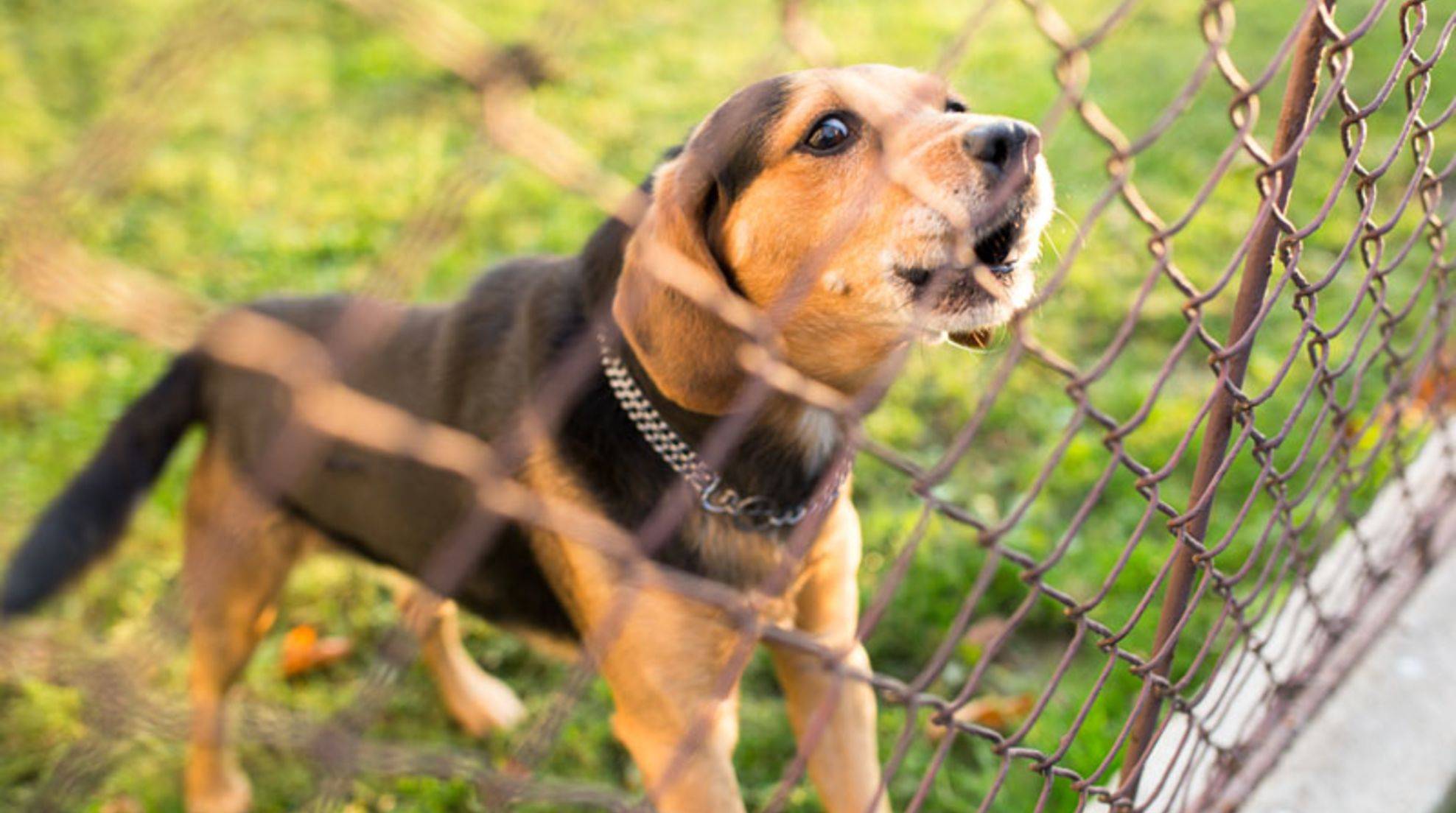When the dog has diarrhea: What you can feed
When the dog has diarrhea, the first important thing is that he drinks enough. Here, you will also learn how to feed him after the symptoms subside and gently accustom him to solid food.
In the case of acute diarrhea, the dog should first be put on a zero-diet for 24 hours in consultation with the veterinarian to alleviate the symptoms. Most sick animals do not want to eat anything but drink plenty of freshwaters.
If the dog has diarrhea: Drink plenty of water.
Please fill up your dog’s water bowl with fresh water several times a day and make sure he drinks it well. You can also put a second bowl there, adding a little unseasoned meat broth to the water.
The vet can also prescribe an electrolyte solution or probiotic powder for your dog. Electrolyte solution and probiotic powder can be dissolved in water and given to your four-legged friend to drink. If the animal loses too much fluid or is still very young, it needs an infusion – this usually requires a stay at the veterinary clinic.
For more tips on how to help your dog if it suffers from acute diarrhea, see the following guide:
Gentle food for your dog: What you can feed.
If diarrhea improves after a day or two, you can start feeding your dog a gentle diet. You can buy Schonkost at pet stores or prepare it yourself. If the dog has diarrhea, lean meat is an excellent choice to reintroduce him to solid food slowly. On the advice of many veterinarians, it should have been cooked or otherwise heated to be fat-free and without additives. Chicken, beef, and sheep are excellent for gentle dog feeding.
Rice is also suitable for most sick four-legged friends. Cook the rice salt-free and mix it with low-fat cottage cheese or cottage cheese. Cooked bagged rice is best for this purpose. To add variety to your dog’s bland diet, you can also give him homemade, unseasoned mashed potatoes. Cooked pumpkin and cooked carrots are also easy to digest and good if your dog has diarrhea.
After the illness: Slowly get your dog used to regular food again.
Give your dog only small portions if possible, especially initially, and spread them throughout the day. He must first get used to eating again. If he gets better, you can gradually add average food to his diet until he can normally eat again.
Dog food for chronic diarrhea: What helps?
If your dog suffers from chronic diarrhea, it is essential to determine the causes. So be sure to take your dog to the vet for a checkup if diarrhea doesn’t subside with the above measures and after the gentle diet. Also, if diarrhea keeps recurring, a visit to the vet is in order. Often a food allergy or food intolerance is behind it if your dog has persistent diarrhea.
In this case, your dog needs to be fed exceptional food permanently. High-quality proteins and fats that your four-legged friend can digest well are essential. Dietary supplements with vitamins and minerals may be necessary to prevent deficiency symptoms. If your dog suffers from chronic inflammatory bowel disease (IBD) or pancreatic insufficiency (EPI), this can also lead to persistent diarrhea. In addition to the exceptional food, a lifelong medication may then be necessary.

